The dos and don'ts of protesting Trump
Millions of Americans are protesting Trump. Many of them are doing it wrong.

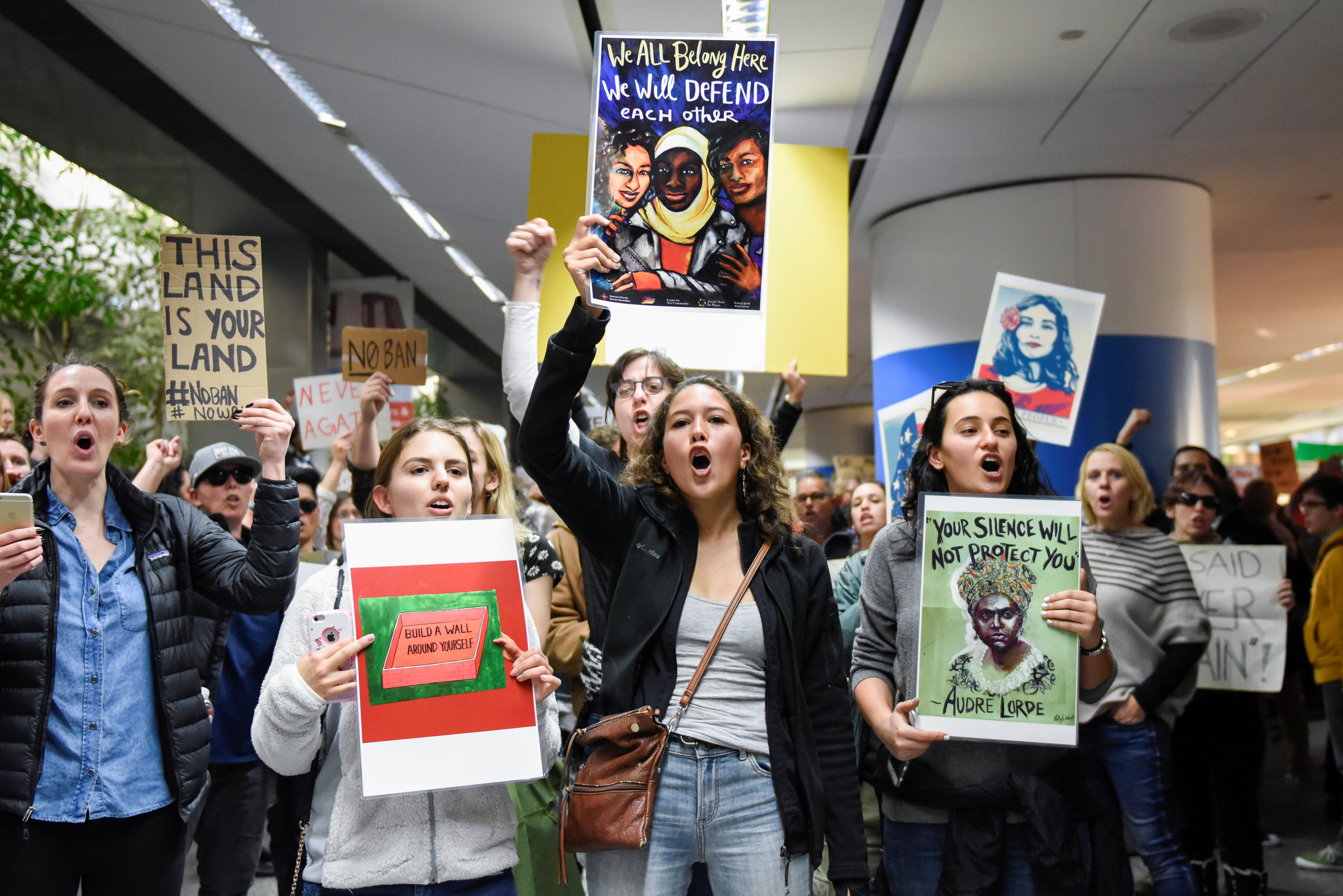
There's a right way and a wrong way to protest. And in America's new age of protest — not only fueled by a new kind of presidency but by fresh technological and ideological extremes — we all ought to agree that there's a right and a wrong way to protest President Trump.
Take boycotting. Doubtless, some boycotts can make an effective splash. A fashion world rebellion against dressing the first family, for instance, manages the rare feat of sending a loud symbolic message without hampering productive activities in the everyday world. On the other hand, sometimes boycott movements can wind up chasing after opportunities for publicity that never fully materialize. The Grab Your Wallet campaign tried to make hay out of Nordstrom's decision to axe Ivanka Trump's brand, but the department store went out of its way to avow the choice was all business.
And it's hard to think of a more misbegotten boycotting push than the nascent effort to hit Tesla with the same kind of action that forced Uber CEO Travis Kalanick's withdrawal from Trump's economic advisory council. Elon Musk is the world's leading green-energy innovator and supported Hillary Clinton for president. What's more, without his influence in government and the talent it attracts, the U.S. will most likely struggle to rebalance the economy away from speculation driven by digital technology and toward truly 21st century infrastructure and transportation. Musk sits at the top of the list of people liberals and progressives ought to stay friendly with — this month, this year, and well beyond. How does it help their causes to boycott Musk's businesses because Musk has the audacity to give advice to President Trump?
The Week
Escape your echo chamber. Get the facts behind the news, plus analysis from multiple perspectives.

Sign up for The Week's Free Newsletters
From our morning news briefing to a weekly Good News Newsletter, get the best of The Week delivered directly to your inbox.
From our morning news briefing to a weekly Good News Newsletter, get the best of The Week delivered directly to your inbox.
Equally unproductive are explicit, vulgar, and profane protests. Obviously we are not a nation of prudes. But there is something especially fruitless, and depressingly so, about watching so many people use dirty words to protest. Scrawling F—K DONALD TRUMP on a dumpster hurts the cause of protesters more than it helps. As the late Kurt Vonnegut wrote, "Profanity and obscenity entitle people who don't want unpleasant information to close their ears and eyes to you."
The same is true for violent rhetoric (and, obviously, actual violence). Madonna grievously hurt the Women's March by recklessly declaring that she'd "thought an awful lot about blowing up the White House." That one ill-conceived comment stained the entire march for a huge number of conservative critics.
So what's the right way to protest?
Obviously, the good old fashioned way is highly effective: Take to the streets in peaceful solidarity — but keep it peaceful, keep it PG, and have a clear message and goal. But another good trick is to do it through art — our go-to place to be transgressive in a privileged but ultimately carefully structured way.
A free daily email with the biggest news stories of the day – and the best features from TheWeek.com
Now, the careful part is important. An artist grandstanding and preaching about their political beliefs outside of the context of their art often invites a fierce backlash. (Think the Dixie Chicks saying they were "ashamed" that George W. Bush was from Texas, or Kanye West declaring that Bush "doesn't care about black people.") These are political statements from privileged celebrity artists — and the backlash typically overwhelms the intended protest. That's why Lady Gaga did so well weaving politics into her art at the Super Bowl, singing "Born This Way" and "This Land is Your Land" to deliver complex but clear messages to multiple audiences.
At the same time, it's essential to recognize that artists, unlike political commentators, are uniquely entitled to offend with lurid speech. When Marilyn Manson makes a thinly veiled Trump murder video, or other bands release expletive-laden protest songs, we know they're tapping into art's well-earned tradition of creative exceptionalism. But when Der Spiegel releases a cover image of Trump decapitating the Statue of Liberty, the effect is hysterical overreach.
Whatever positions we're staking out in this uncertain Trumpian landscape, we ought to agree that political protest holds a special, enduring place in our democracy — and that we're all better off when the right is used wisely and well.
James Poulos is a contributing editor at National Affairs and the author of The Art of Being Free, out January 17 from St. Martin's Press. He has written on freedom and the politics of the future for publications ranging from The Federalist to Foreign Policy and from Good to Vice. He fronts the band Night Years in Los Angeles, where he lives with his son.
-
 11 hotels opening in 2026 to help you reconnect with nature
11 hotels opening in 2026 to help you reconnect with natureThe Week Recommends Find peace on the beaches of Mexico and on a remote Estonian island
-
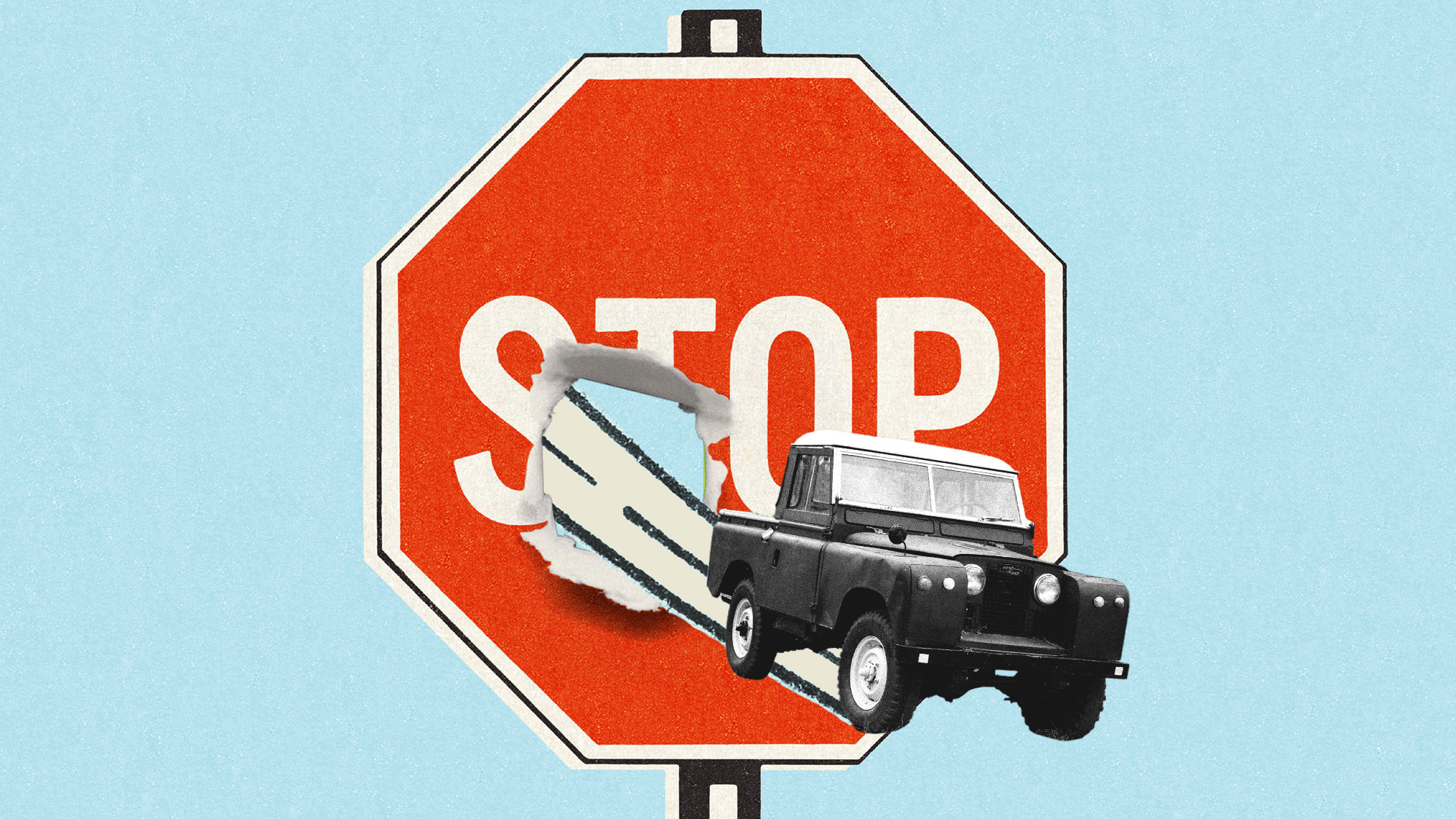 Zimbabwe’s driving crisis
Zimbabwe’s driving crisisUnder the Radar Southern African nation is experiencing a ‘public health disaster’ with one of the highest road fatality rates in the world
-
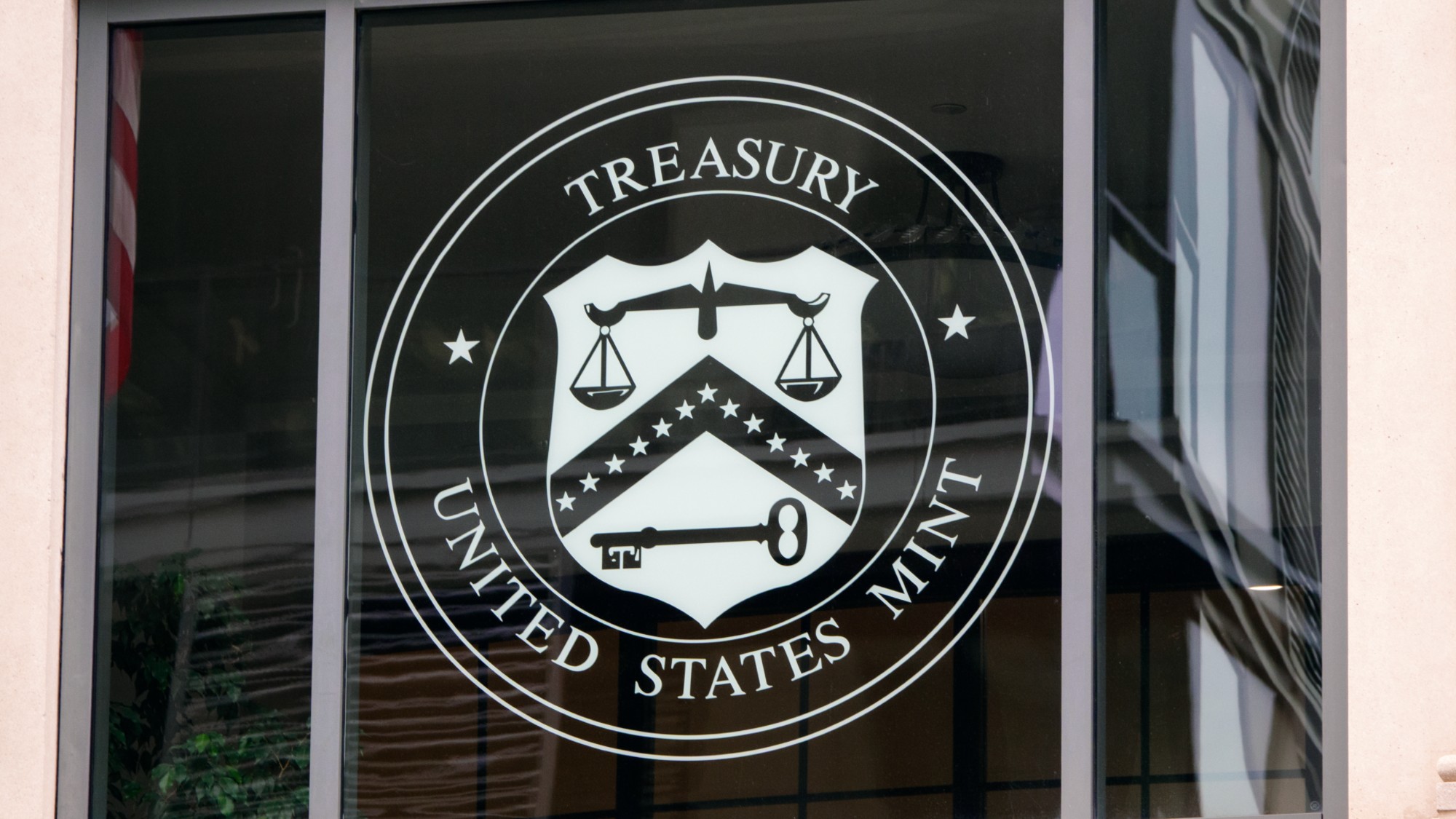 The Mint’s 250th anniversary coins face a whitewashing controversy
The Mint’s 250th anniversary coins face a whitewashing controversyThe Explainer The designs omitted several notable moments for civil rights and women’s rights
-
 Bari Weiss’ ‘60 Minutes’ scandal is about more than one report
Bari Weiss’ ‘60 Minutes’ scandal is about more than one reportIN THE SPOTLIGHT By blocking an approved segment on a controversial prison holding US deportees in El Salvador, the editor-in-chief of CBS News has become the main story
-
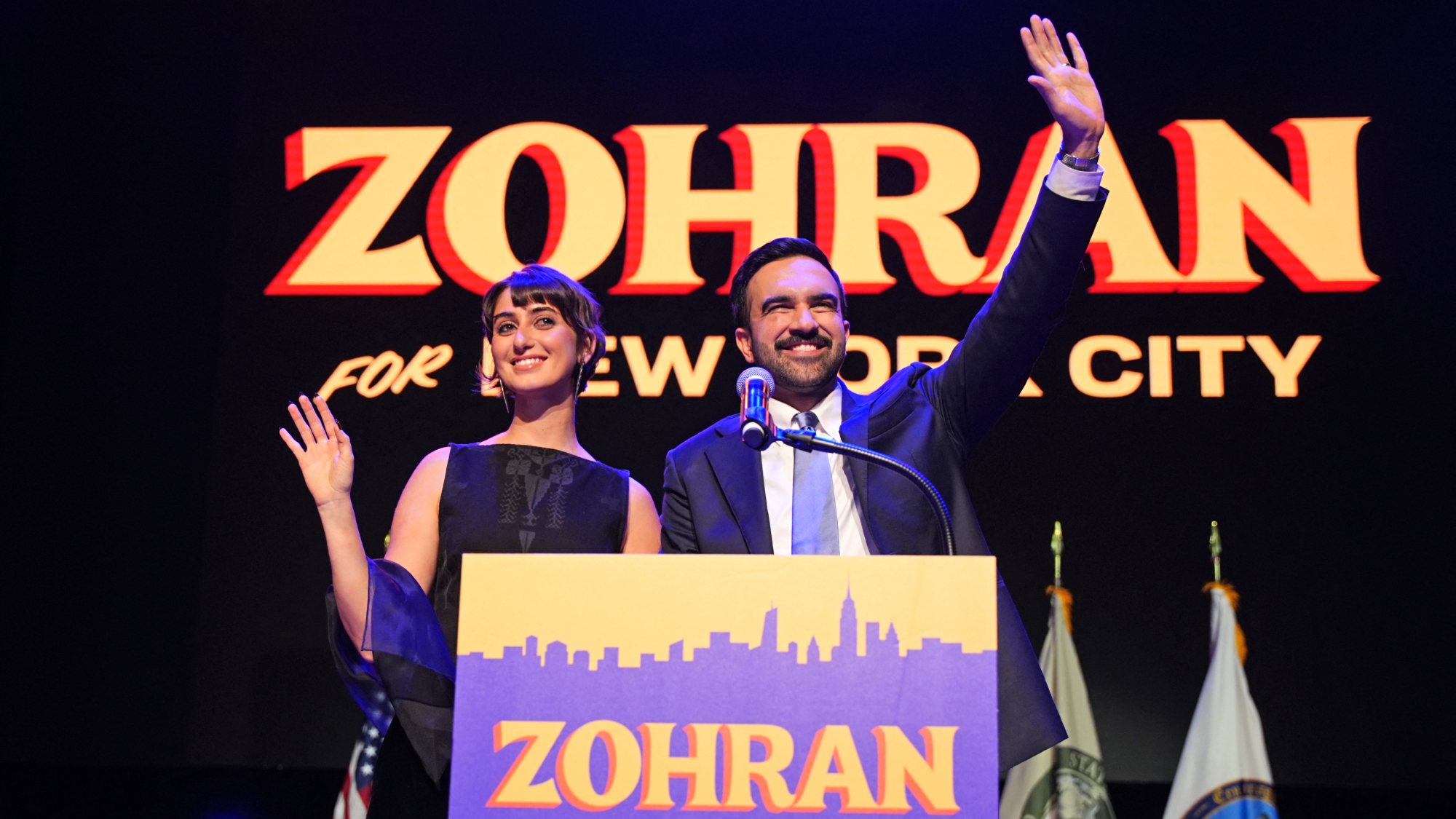 Has Zohran Mamdani shown the Democrats how to win again?
Has Zohran Mamdani shown the Democrats how to win again?Today’s Big Question New York City mayoral election touted as victory for left-wing populists but moderate centrist wins elsewhere present more complex path for Democratic Party
-
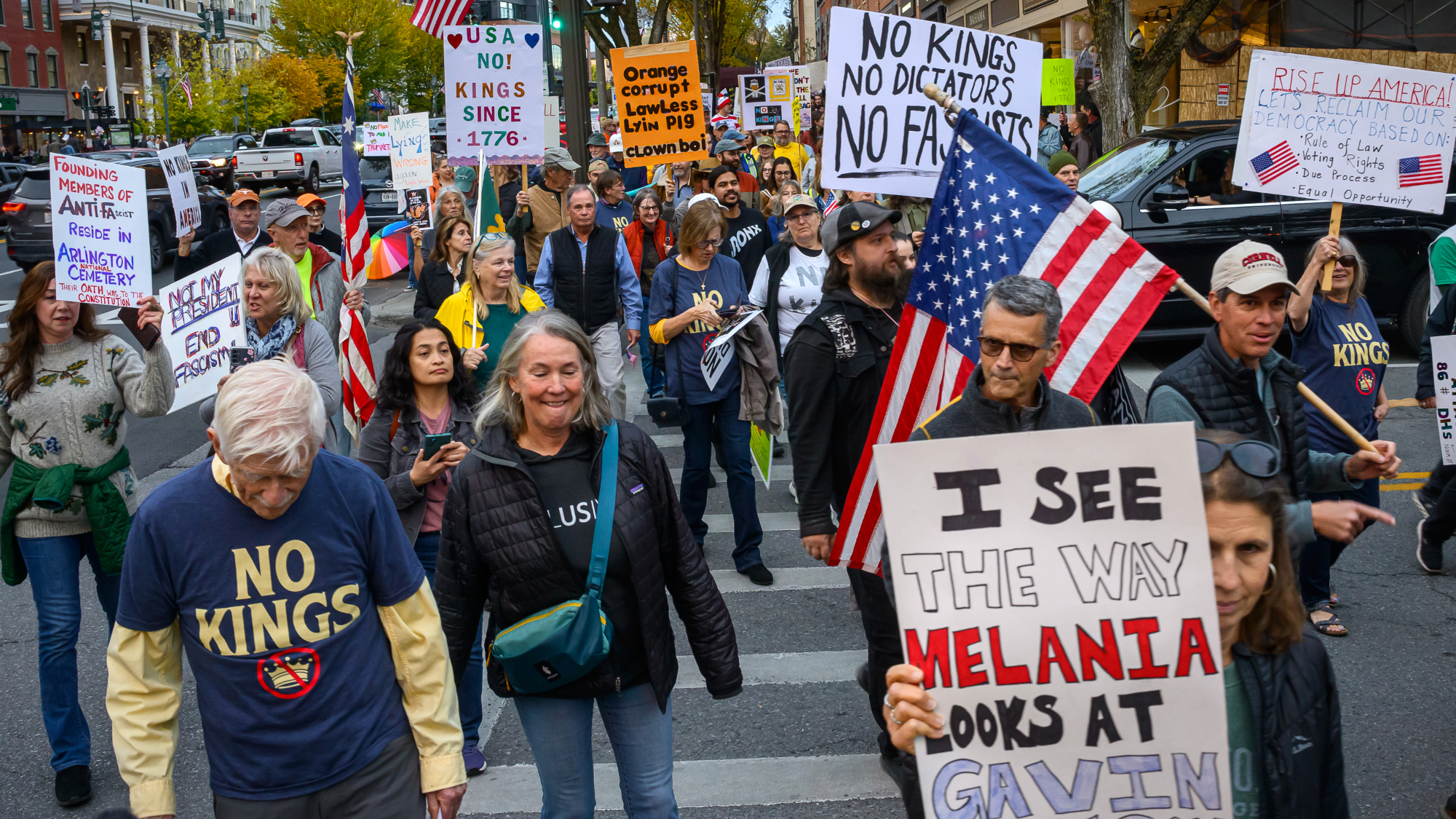 Millions turn out for anti-Trump ‘No Kings’ rallies
Millions turn out for anti-Trump ‘No Kings’ ralliesSpeed Read An estimated 7 million people participated, 2 million more than at the first ‘No Kings’ protest in June
-
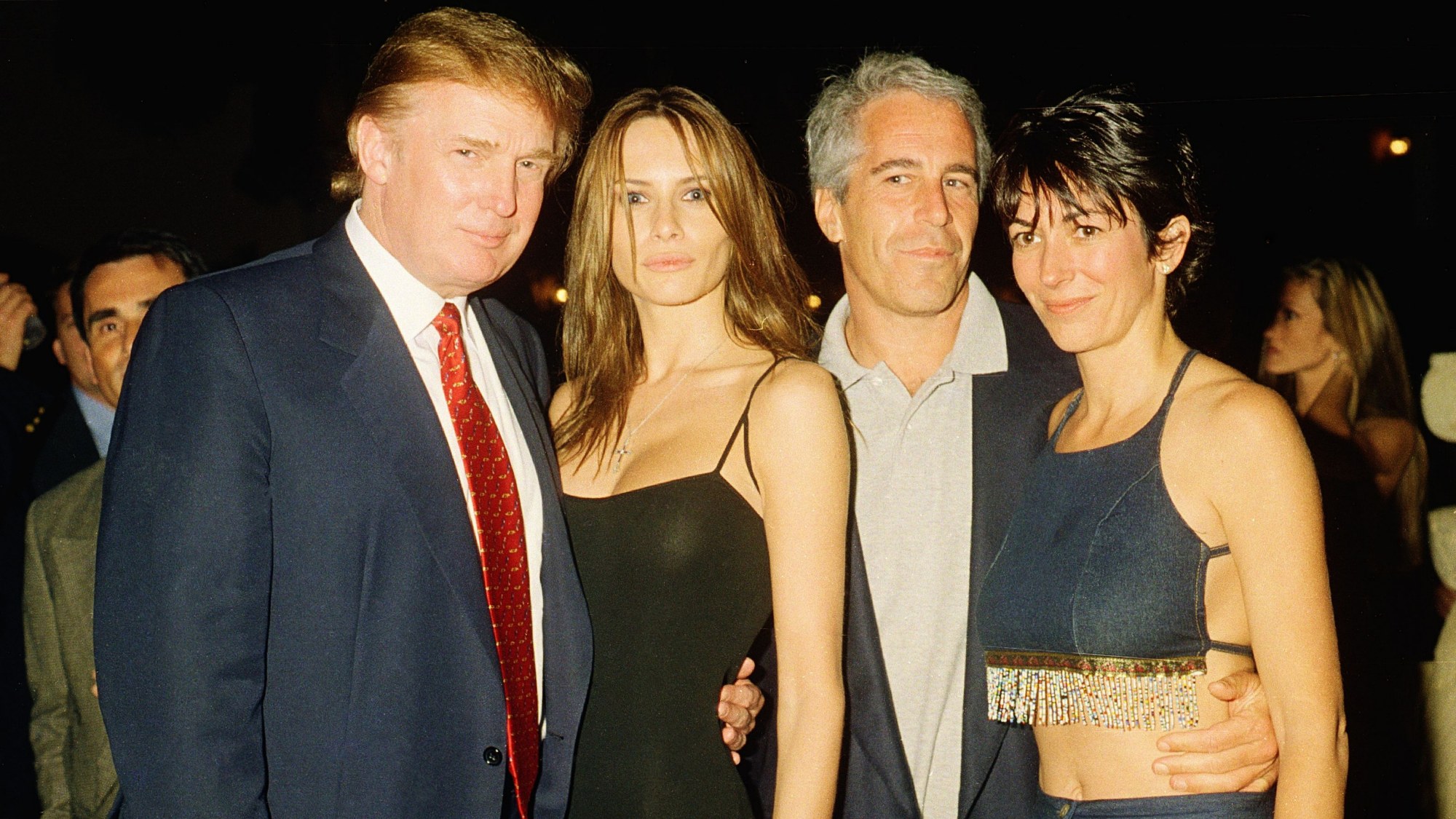 Ghislaine Maxwell: angling for a Trump pardon
Ghislaine Maxwell: angling for a Trump pardonTalking Point Convicted sex trafficker's testimony could shed new light on president's links to Jeffrey Epstein
-
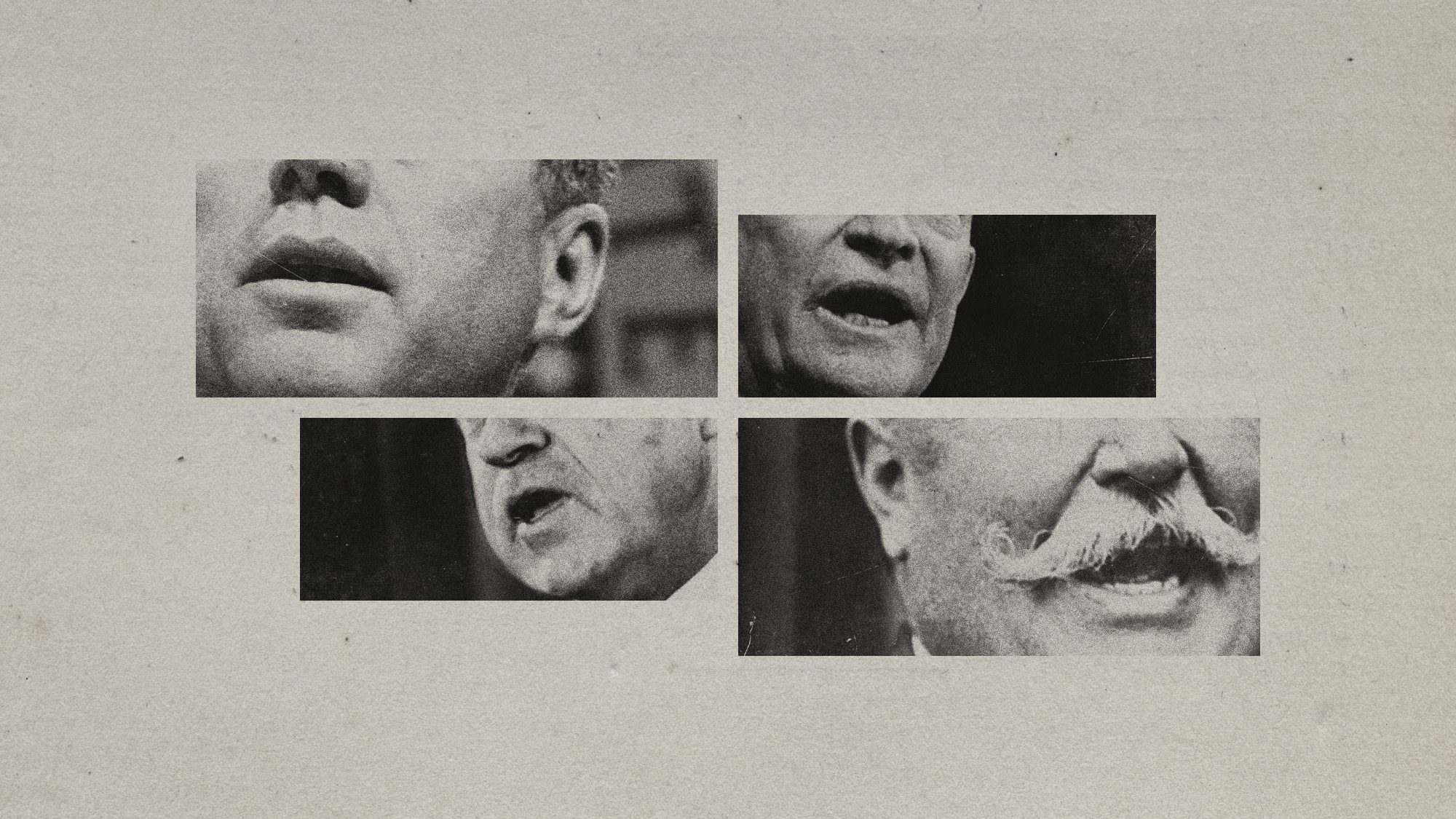 The last words and final moments of 40 presidents
The last words and final moments of 40 presidentsThe Explainer Some are eloquent quotes worthy of the holders of the highest office in the nation, and others... aren't
-
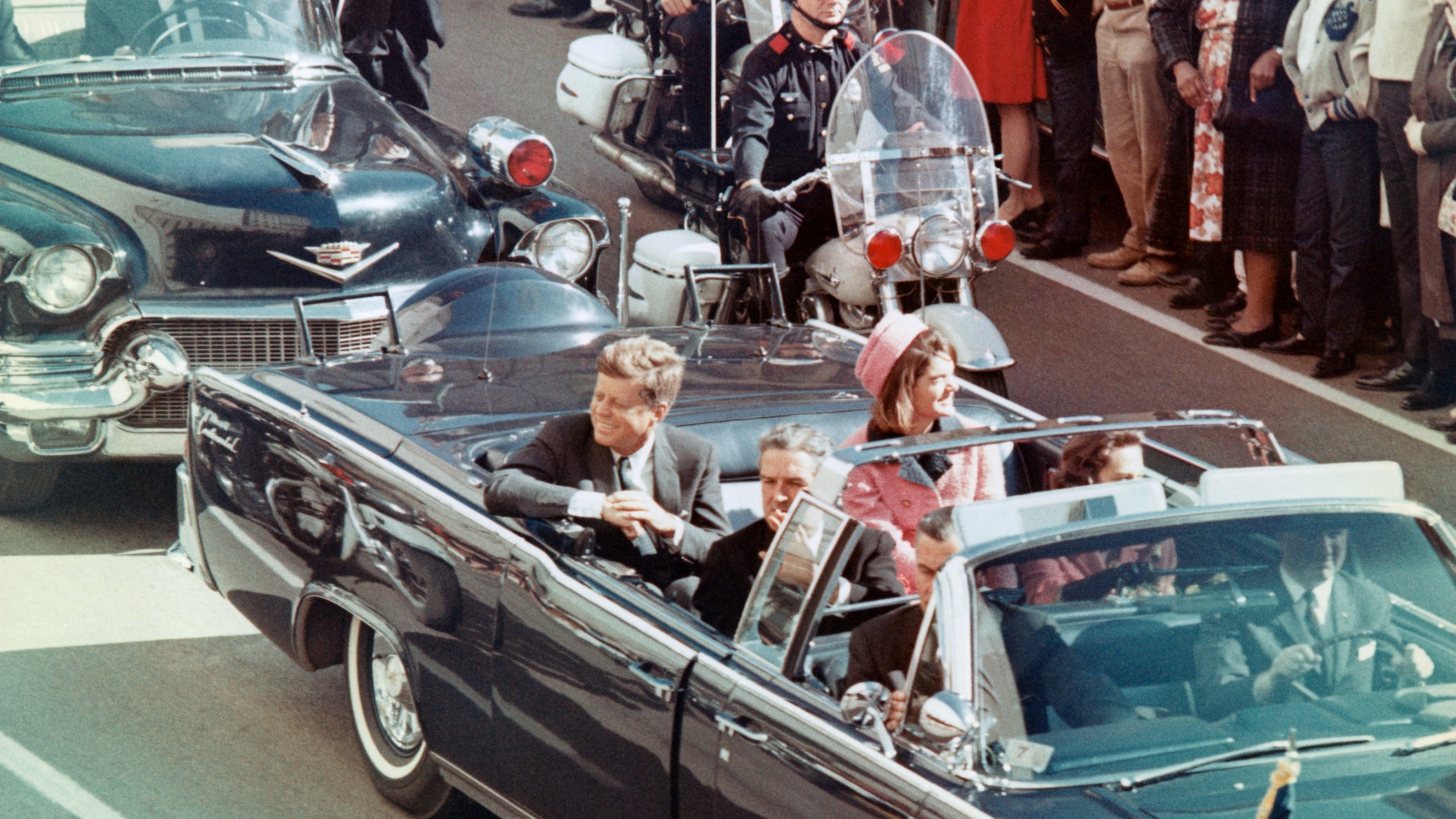 The JFK files: the truth at last?
The JFK files: the truth at last?In The Spotlight More than 64,000 previously classified documents relating the 1963 assassination of John F. Kennedy have been released by the Trump administration
-
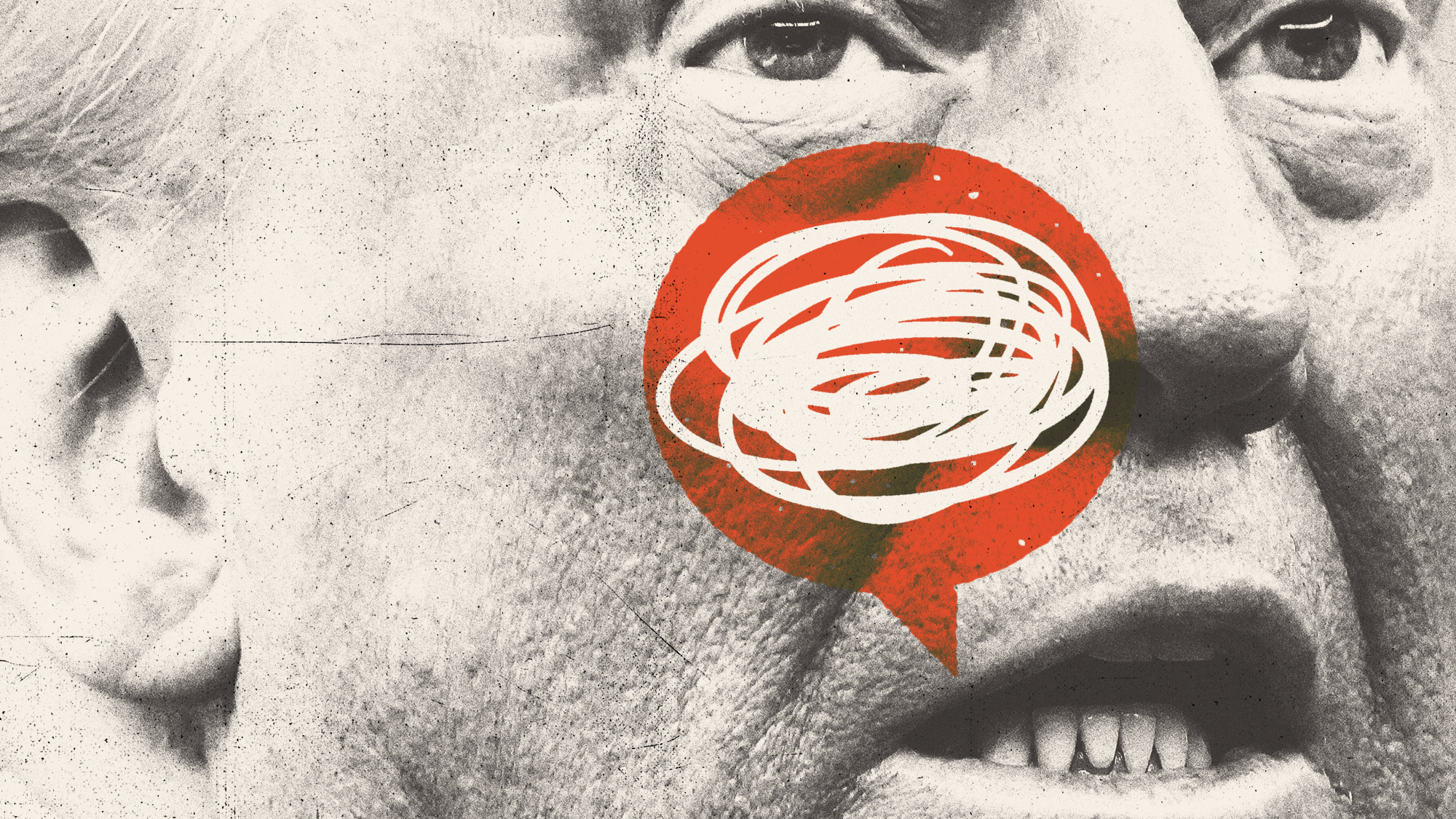 'Seriously, not literally': how should the world take Donald Trump?
'Seriously, not literally': how should the world take Donald Trump?Today's big question White House rhetoric and reality look likely to become increasingly blurred
-
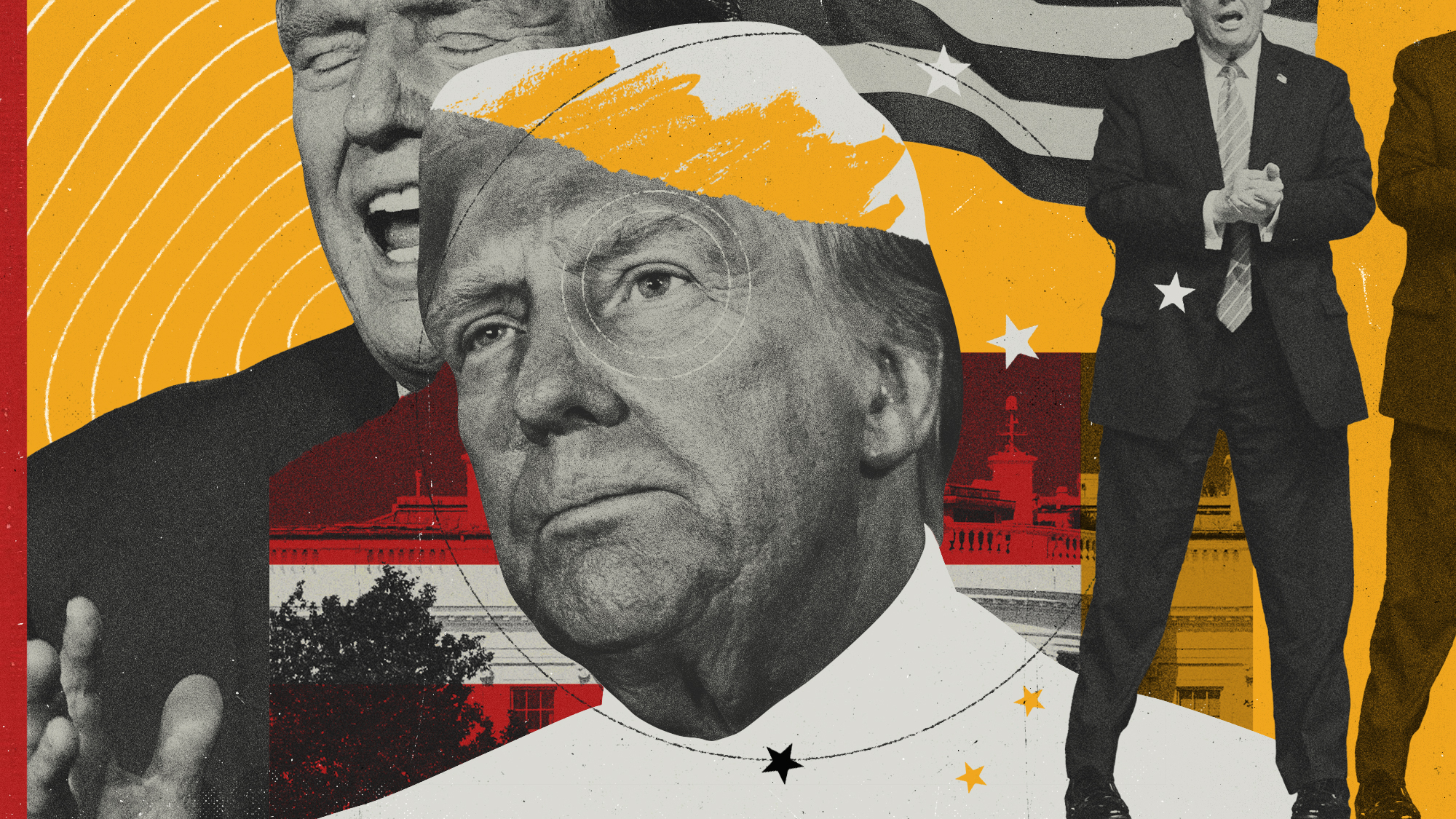 Will Trump's 'madman' strategy pay off?
Will Trump's 'madman' strategy pay off?Today's Big Question Incoming US president likes to seem unpredictable but, this time round, world leaders could be wise to his playbook
